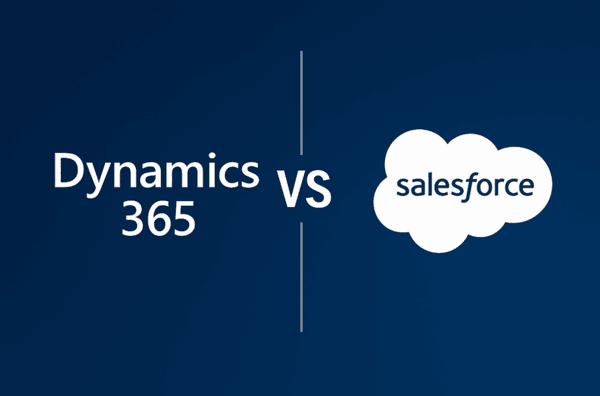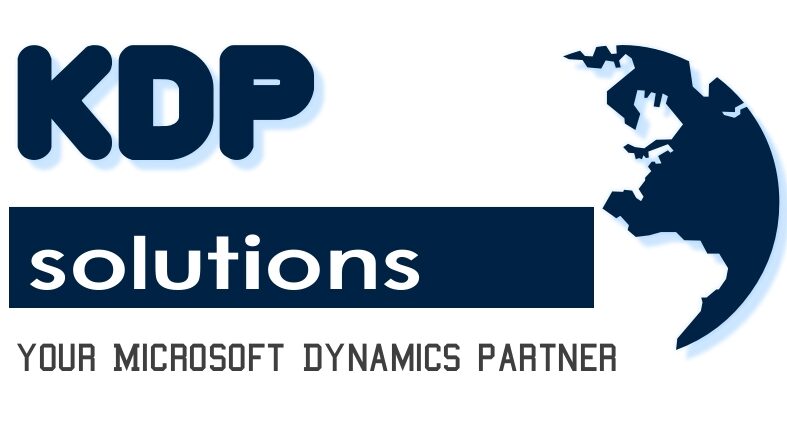Dynamics 365 vs Salesforce : A Cost-Benefit Analysis for Growing Businesses
Selecting the right Customer Relationship Management (CRM) and business application platform is a pivotal decision for any growing company. Two giants dominate the landscape: Salesforce and Microsoft Dynamics 365. Both are powerful, but which one offers the better value and strategic advantage for your business?
This analysis goes beyond features to compare the true cost, long-term benefits, and ideal fit for each platform.
Dynamics 365 vs Salesforce. The Sticker Price: Initial Licensing Costs
At first glance, their pricing models appear similar, with per-user, per-month subscriptions. However, the devil is in the details.
Salesforce: Often requires multiple “editions” or add-on products (like Marketing Cloud or Service Cloud) to access the full functionality a growing business needs. This can lead to “module creep,” where the initial attractive price point balloons as you add essential features.
Dynamics 365: Microsoft employs a more modular but often consolidated pricing approach. You can start with Sales Hub or Customer Service Hub and add applications as you grow. Crucially, many plans include powerful capabilities like Microsoft Power Apps and Power Automate at no extra cost, which are often paid add-ons in other ecosystems.
Cost Verdict: For a growing business needing a comprehensive suite without surprise add-on fees, Dynamics 365 often presents a more predictable and scalable cost structure.
The Hidden Cost: Implementation and Integration
The software license is only part of the total cost of ownership (TCO). Implementation, customization, and integration are where budgets can be blown.
Salesforce: Renowned for its flexibility, but highly complex customizations require specialized (and often expensive) Salesforce developers and consultants.
Dynamics 365: Offers a significant advantage here through its native integration with the Microsoft Power Platform. Your internal team can likely build custom apps, automate workflows, and create dashboards with low-code tools like Power Apps and Power BI, reducing reliance on high-cost external consultants.
Integration Verdict: Dynamics 365 provides a lower TCO for businesses already invested in the Microsoft ecosystem due to seamless integration with Office 365, Teams, and Azure.
The Ecosystem Benefit: More Than Just a CRM
The software license is only part of the total cost of ownership (TCO). Implementation, customization, and integration are where budgets can be blown.
Salesforce: Renowned for its flexibility, but highly complex customizations require specialized (and often expensive) Salesforce developers and consultants.
Dynamics 365: Offers a significant advantage here through its native integration with the Microsoft Power Platform. Your internal team can likely build custom apps, automate workflows, and create dashboards with low-code tools like Power Apps and Power BI, reducing reliance on high-cost external consultants.
Integration Verdict: Dynamics 365 provides a lower TCO for businesses already invested in the Microsoft ecosystem due to seamless integration with Office 365, Teams, and Azure.
The Ecosystem Benefit: More Than Just a CRM
A modern CRM is the central nervous system of your company. Its ability to connect with other tools is critical.
The Salesforce Ecosystem: Robust and vast, with an enormous AppExchange marketplace. However, connecting these apps often adds more complexity and cost.
The Microsoft Ecosystem: This is Dynamics 365’s strongest selling point. It’s not just a CRM; it’s part of a unified fabric. Imagine:
Outlook and Teams Integration: Log emails and meetings automatically, launch a voice call from a contact record directly through Teams.
Azure Synapse Analytics: Unify your CRM data with operational data from your ERP for unparalleled insights.
Seamless Office Experience: Edit Word and Excel documents directly within the Dynamics 365 interface.
For businesses that live in Microsoft 365, the productivity gains and frictionless experience are a massive, tangible benefit that outweighs a pure feature-to-feature comparison.
The AI and Future-Proofing Factor
Both platforms invest heavily in AI (Einstein for Salesforce, Copilot for Dynamics 365). The key difference is context. Dynamics 365 Copilot is designed to work within the Microsoft Graph, meaning its AI can draw insights from your CRM data, your emails in Outlook, your meeting transcripts in Teams, and your documents in SharePoint. This creates a more intelligent and context-aware assistant.

Both platforms invest heavily in AI (Einstein for Salesforce, Copilot for Dynamics 365). The key difference is context. Dynamics 365 Copilot is designed to work within the Microsoft Graph, meaning its AI can draw insights from your CRM data, your emails in Outlook, your meeting transcripts in Teams, and your documents in SharePoint. This creates a more intelligent and context-aware assistant.
Conclusion: Which is Right for Your Growing Business?
Choose Microsoft Dynamics 365 if:
You are already a Microsoft 365 shop (using Office, Teams, SharePoint).
Total Cost of Ownership (TCO) and predictable scaling are primary concerns.
You value seamless productivity and integration over standalone best-of-breed complexity.
You want to empower your users with low-code tools to build their own solutions.
For most growing businesses, the choice isn’t just about a CRM; it’s about choosing a strategic platform. The native integration, lower TCO, and unparalleled productivity gains within the Microsoft ecosystem make Dynamics 365 the superior cost-benefit choice for companies poised for growth.
Ready to see how Dynamics 365 fits your budget? Contact us today for a personalized consultation and demo.
Need help looking to Microsoft Website !
